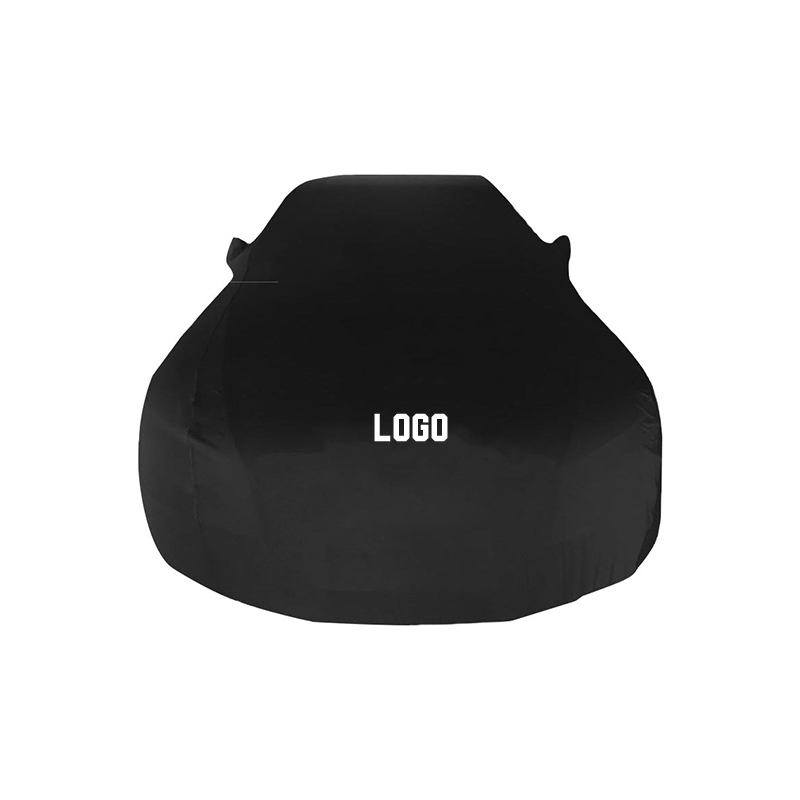Protecting a car is often about more than just regular maintenance and oil changes—it's also about shielding it from environmental hazards, especially when it’s parked outdoors for long periods. One of the most debated accessories in this regard is the car cover. Are car covers really worth using? Do they protect your vehicle, or could they potentially cause harm? Let’s dive deep into the pros, cons, and best practices for using a car cover.
The Purpose of a Car Cover
Car covers are designed to shield your vehicle from elements that could damage its paint, finish, and overall longevity. These protective layers can serve a range of functions depending on their materials and how they're used:
UV protection from the sun's harmful rays
Dust and dirt resistance for clean, spotless surfaces
Moisture prevention, which is key to avoiding rust and mold
Animal deterrence—protection from birds, cats, and rodents
Scratch resistance from light contact or debris
Privacy and theft deterrence, by obscuring the car’s make and model
Benefits of Using a Car Cover
1. Protection from Weather Elements
Sun, rain, snow, and hail can each damage your vehicle in unique ways. UV radiation can fade paint and dry out rubber trims. Acid rain and snow can corrode surfaces, while hail can cause actual dents. A quality, weatherproof car cover provides a buffer against all these forces.
2. Preservation of Paint and Finish
Even when not in use, your car’s paint is exposed to pollutants in the air. Over time, these can degrade the clear coat and paint, leading to fading and oxidation. A cover helps keep the paint in a sealed environment, reducing exposure.
3. Interior Protection
A car cover doesn't just protect the outside. When the sun bakes a car through the windows, it can crack the dashboard, fade seats, and damage electronics. A good cover blocks the sun’s rays and keeps interior temperatures more stable.
4. Prevention of Bird Droppings and Tree Sap
Parking under a tree may seem like a good idea for shade, but trees are often a source of sticky sap, bird droppings, and even falling debris—all of which can damage your car’s surface and are difficult to clean.
5. Added Security
While not a replacement for a car alarm, a cover can act as a simple deterrent. A covered vehicle is less visible to thieves and can slow them down, which may cause them to move on.
Potential Downsides of Car Covers
1. Paint Damage from Poor Fit or Use
If the cover doesn’t fit snugly or isn’t designed for your specific car model, it can move in the wind, causing micro-scratches. Over time, this can dull the finish.
2. Moisture Trapping
A low-quality or non-breathable cover can trap moisture between the cover and the car, especially in humid climates. This can lead to mold, mildew, or even rust. Always opt for breathable, water-resistant materials rather than fully waterproof ones unless they’re specifically designed for long-term outdoor use.
3. Inconvenience
Putting on and taking off a car cover regularly can be a hassle—especially if it's large, heavy, or you're short on time. This can lead some users to stop using it altogether or use it improperly.
4. Cost vs. Benefit
High-quality car covers aren't cheap. While they can prevent expensive damage in the long run, not everyone needs one, especially if the car is already garaged or not exposed to harsh environments.
Indoor vs. Outdoor Covers
Indoor covers are typically softer, lighter, and used to protect cars from dust in garages. They're made from non-abrasive materials that won't scratch delicate finishes.
Outdoor covers are thicker, more rugged, and weather-resistant. They often have UV protection, multiple layers, and special coatings to deal with rain and snow.
Make sure to choose the right type based on where your car spends most of its time.
Tips for Choosing and Using a Car Cover
Buy a model-specific cover. Universal covers rarely fit well. A custom-fit cover minimizes flapping and potential paint damage.
Choose breathable fabrics. Especially important in areas with variable humidity.
Clean your car before covering. Trapped dirt and dust can scratch the paint.
Avoid using the cover on a wet car. Moisture underneath the cover can accelerate rust and mold.
Secure the cover properly. Use straps or grommets to prevent it from blowing away or flapping in the wind.
When a Car Cover is Essential
You don’t have a garage or covered parking.
You live in a region with harsh weather (intense sun, heavy snow, etc.).
You store your car for long periods.
You own a collector’s car or vehicle with a custom paint job.
You want to protect your car from kids playing nearby or neighborhood animals.
When You Might Not Need One
Your car is garaged and rarely exposed to the elements.
You use your car daily and don’t want to deal with daily cover-on/cover-off routines.
You already use a carport, awning, or other shelter.
You live in an area with low environmental stress on cars (mild weather, little pollution).
Final Verdict: Is a Car Cover Worth It?
Yes—if used correctly, a car cover can significantly prolong the life and appearance of your vehicle. It’s especially valuable for cars stored outdoors or unused for long periods. However, the wrong type of cover, poor fit, or incorrect use can lead to unintended damage. Like any tool, its effectiveness depends on the quality of the product and the care with which it’s used.
A car cover is not a one-size-fits-all solution, but when chosen wisely and used properly, it is one of the most effective and affordable ways to protect your vehicle from the environment and time.

 English
English Español
Español عربى
عربى русский
русский +86-13071889821/13757104168
+86-13071889821/13757104168












